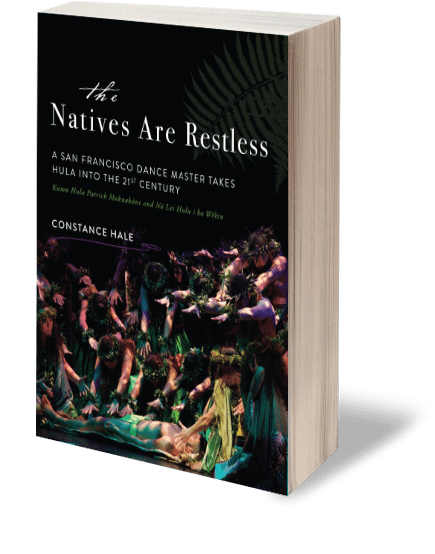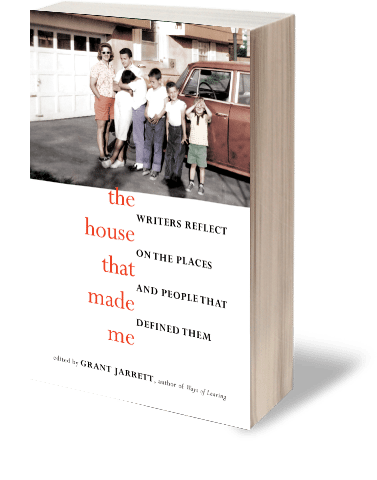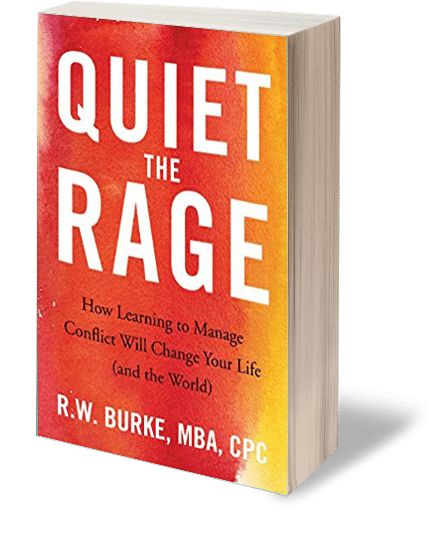Description
2017 USA Best Book Awards Finalist, Performing Arts: Film, Theater, Dance, Music
“Constance Hale is a beautiful writer with a sensitive appreciation of Hawaiian culture. Combining her deep knowledge of Hawaii with her talents as a prose stylist, she is following in the footsteps of the late James D. Houston as one of our most profound thinkers on island history and culture.”
―Julia Flynn Siler, journalist and author of Lost Kingdom
“To the story of hula, Constance Hale brings the dance vocabulary of Joan Acocella and the stylistic verve of Laura Hillenbrand. What a gift this book will be!”
―Julie Mushet, Executive Director of World Arts West, the creators and producers of the San Francisco Ethnic Dance Festival
“He looks like Michelangelo’s Adam in a grass skirt and dances like a god, sings like a cantor, and works the crowd like Bill Clinton . . . He’s not only keeping Hawaiian culture alive, he’s a populist making the case for it.”
―Bay Area Reporter
“Makuakane knows how to adapt and turn the familiar into the fabulous. He is a master of innovation, bar none.”
―Wayne Harada, Honolulu Star-Advertiser
“Patrick Makuakāne is a maverick in the world of hula―a unique product of both Hawaiian traditional culture and the giddy world of San Francisco experimental dance.”
―San Jose Mercury News
“Patrick Makuakāne continues to mix and match the modern and ancient, East and West, creating a cultural collage that is informative, respectful and dares to be funny.”
―Asian Week
“Patrick embodies an important quality of our people―resilience. In his work we see the form and content of the past, expressed in a new way. What’s traditional is the way he thinks―in sync with the land, the history, the mindset, the philosophy. What’s the future is his ability to reach out across time and space. He is just an amazing example of who we are, today.”
―Maile Meyer, entrepreneur and proprietor of Nā Mea Hawai‘i
“I can’t look at this. It’s too beautiful. It’s going to make me cry.”
―Roberta Flack, after a performance in which she accompanied Nā Lei Hulu dancers on “First Time Ever I Saw Your Face”
“[Patrick Makuakāne is] an evangelist for hula itself―and damn if the most casual attendee won’t be converted by his beguiling company . . . There’s something for every taste: hula ancient (with chanting and music played on percussive gourds), contemporary (live guitar, bass and singing) and beyond (Makuakāne’s signature hula mua, set to pop music).”
―San Francisco Chronicle
“The departures from the traditional, lovingly preserved and beautifully danced, were the most fascinating parts of the evening. Mr. Makuakāne retained the purity of the form and intent in choreography that clearly held tradition in esteem.”
―New York Times
“Bow Down, Mister” . . . depicts, in the language of hula, an encounter with a crowd of Hare Krishnas who wanted the same picnic ground in Golden Gate Park that the hula folk occupied . . . Nothing I can say can convey the fizzy preposterousness of this piece. I felt the building was going to explode.”
―Bay Area Reporter
“I’m not sure I can find adjectives to describe these performers. Not only are they perfectly synchronized, but their movement comes from the heart and rides the wave of the music, not merely using it to mark the beat. I am mesmerized. Only the Bolshoi and Kirov Ballets have ensembles that can rival these women in their esprit de corps.”
―The Dance Insider
“Nā Lei Hulu I Ka Wēkiu is something else. Lines of dancers provided an ineffably smooth unison reminiscent of the best corps de ballet moments of classical masterpieces. The lasting aftereffect is something like having seen flowers that breathe and butterflies that think.”
―Los Angeles Times
“In his disarming way, Makuakane has made us aware of the potential of hula as more than a national dance of Hawaii. It is a movement language adaptable to various circumstances and musics, suitable for both transmitting narrative and expressing emotional states.”
―Allan Ulrich, review of Na Lei Hulu I Ka Wekiu’s “25 Years of Hula,” SF Chronicle, October 19, 2010
“Who, a quarter century ago, could have dreamed that a company devoted to hula dance would become one of Northern California’s most appealing dance entertainments? I doubt that even Patrick Makuakane, the founder of the company Na Lei Hulu I Ka Wekiu harbored such fantasies . . . In his disarming way, Makuakane has made us aware of the potential of hula as more than a national dance of Hawaii. It is a movement language adaptable to various circumstances and musics, suitable for both transmitting narrative and expressing emotional states.”
―Allan Ulrich in review of Na Lei Hulu I Ka Wekiu’s “25 Years of Hula,” SF Chronicle, October 19, 2010
“Given enough artistry and marketing flair, a professional dance company can survive for perhaps 30 years. But when a troupe that is fueled by talent, goodwill and community spirit rather than money endures and prospers for three decades, you suspect there’s a bit of magic involved.”
―Allan Ulrich, SF Chronicle
“The intriguing sound and look of Hawaiian pronunciation and dancing carried the night. There is nothing quite like the lilting flow of it all, and the way that flow abruptly comes to momentary staccato halts and then resumes, not unlike the motion of the sea, to which so much of the program alluded.”
―Jennifer Dunning, New York Times





